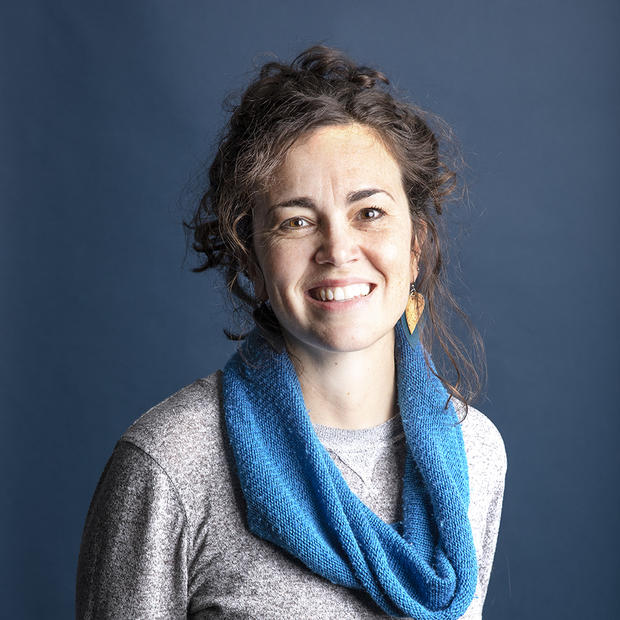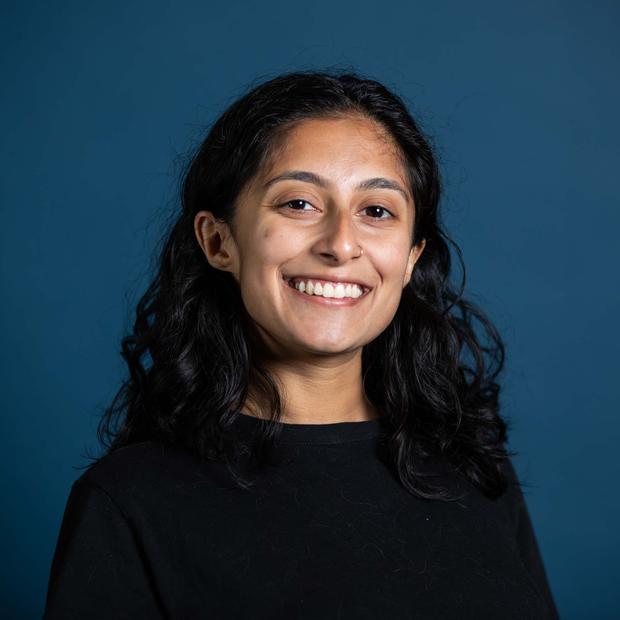Podcast | Can higher ed diversify without affirmative action?
Reporter Andrew Engelson discusses WA's 1998 ban of the practice, and what UW has done since to increase racial equity on campus.

University of Washington students work on their homework and are offered support from instructors at UW’s Instructional Center. The nationally renowned support center offers an array of classes, tutoring sessions, peer mentoring and a venue for minority students to connect. (Amanda Snyder/Crosscut)
The U.S. Supreme Court appears poised to strike down affirmative action across the nation, but if it does, little will change in Washington state. Washington has banned the practice since 1998, the year a ballot initiative altered state law to prohibit considering race as a factor in college admissions and in other public settings.
After the ban was passed, enrollment of students of color at the University of Washington plunged, but numbers have crept back up over the years due to efforts such as outreach to high schools with high minority populations.
Listen to Crosscut Reports on Apple Podcasts, Spotify, Amazon or wherever you get your podcasts.
Colleges and universities across the country, now facing a similar affirmative action ban, have few other models to follow as they ponder how to promote racial diversity on their campuses. So freelance journalist Andrew Engelson asked: Since 1998, has UW met its racial-diversity goals, and if so, how?
For this episode of Crosscut Reports, host Sara Bernard talks with Engelson about how the end of affirmative action affected who goes to college; what UW has done since the 1998 ban to work toward campus racial diversity; and the implications of UW’s challenges and outcomes for higher education across the country.
Read our full report on affirmative action in higher education here.



